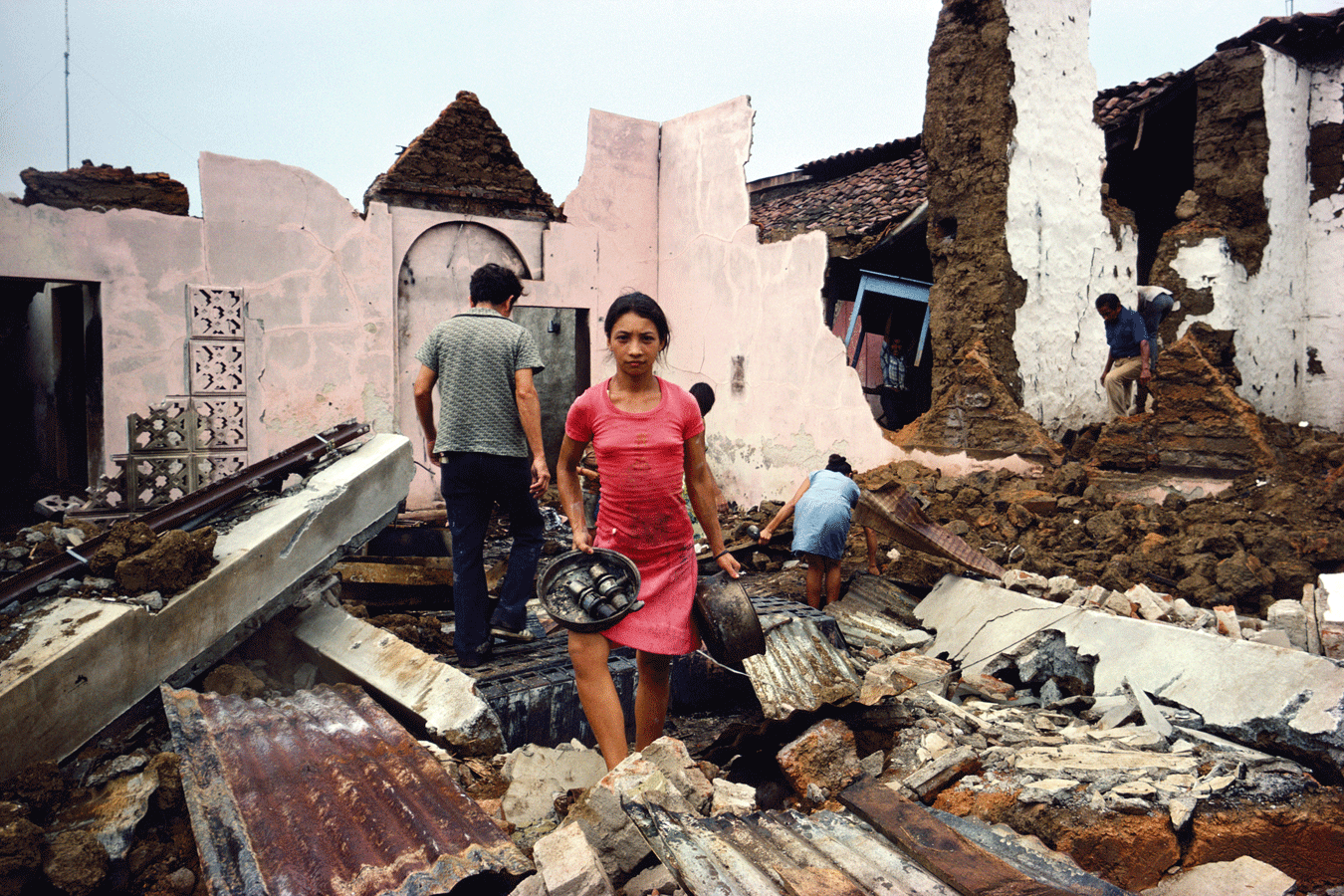Susan Meiselas: From the Field to the Archive -- Nicaragua to Kurdistan


When
Where
Susan Meiselas, a member of the international co-operative Magnum Photos since 1976, has published her work in the pages of Time, The New York Times, Life, and Paris Match. She spent the end of the 1970s and most of the 1980s in Central and South America on the front line of the people's revolution in Nicaragua and the civil war in El Salvador, documenting the "dirty war" in Argentina, human rights abuses in Columbia, and the end of the Pinochet regime in Chile. During that time, and since, working with her own photographs and with other people's, she has expanded her role to that of curator, film-maker, teacher, historian and archivist.
In the 1990s, after seeing the exhumation of mass graves in northern Iraq, the result of Saddam Hussein's genocidal campaign against the Kurds in 1987 and 1988, she began to gather every scrap of visual evidence—documents, family pictures, maps, personal stories—to build a public archive of the history of the displaced Kurdish people. From a book project and an exhibition, it developed into a website, akaKurdistan.com, an expanding visual memory bank driven by the momentum of its contributors.
Co-sponsored by the University of Arizona School of Art’s Visiting Artists, Scholars and Exhibitions (VASE) Program, Susan will present two seminal projects: Nicaragua and Kurdistan. Her work in Nicaragua spans 25 years, from the popular insurrection to a film that rediscovers the people in her photographs to an installation that brought images back to the landscape where they were first made. The Kurdistan project evolved from documenting the evidence of genocide and exile of the Kurdish people, to gathering a visual history that portrayed their desire for a homeland. Both bodies of work will be shown as they were presented in magazines, books and exhibition form.

